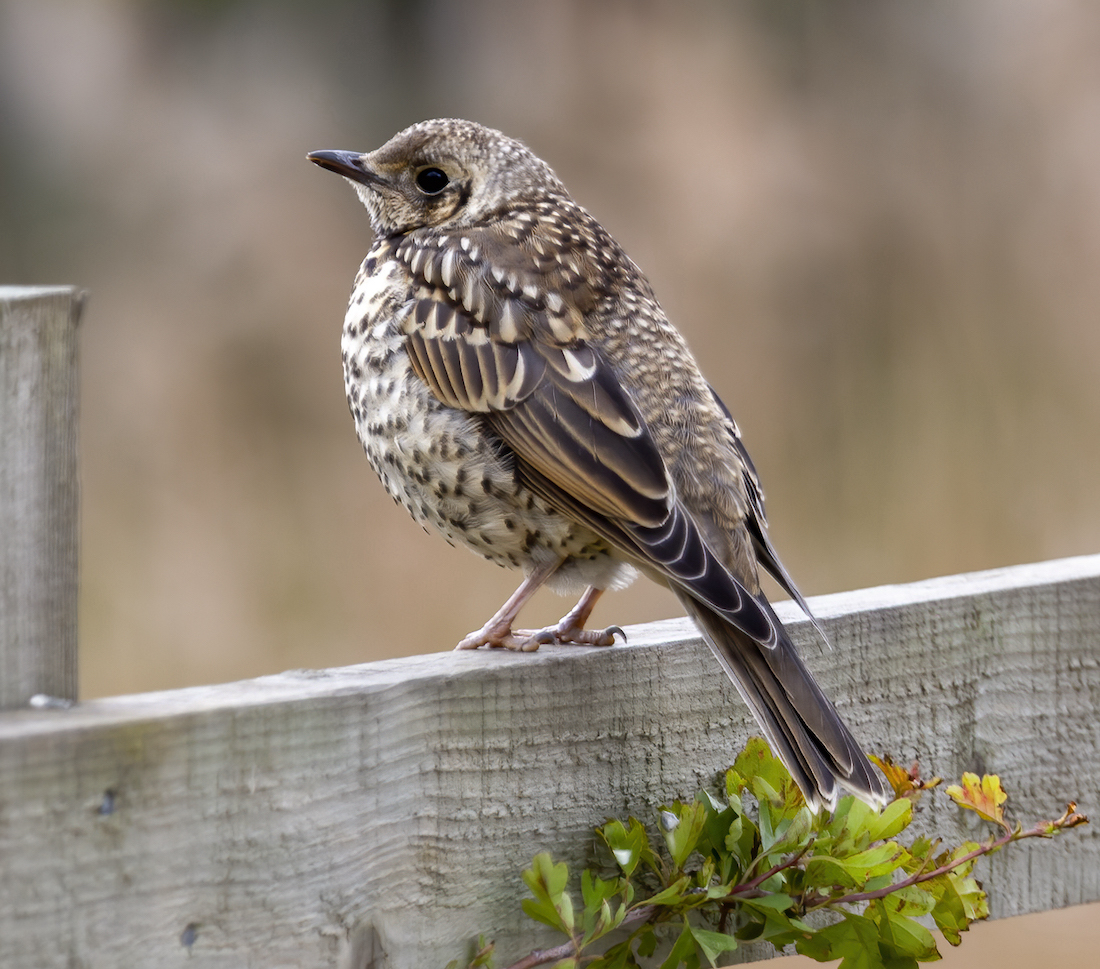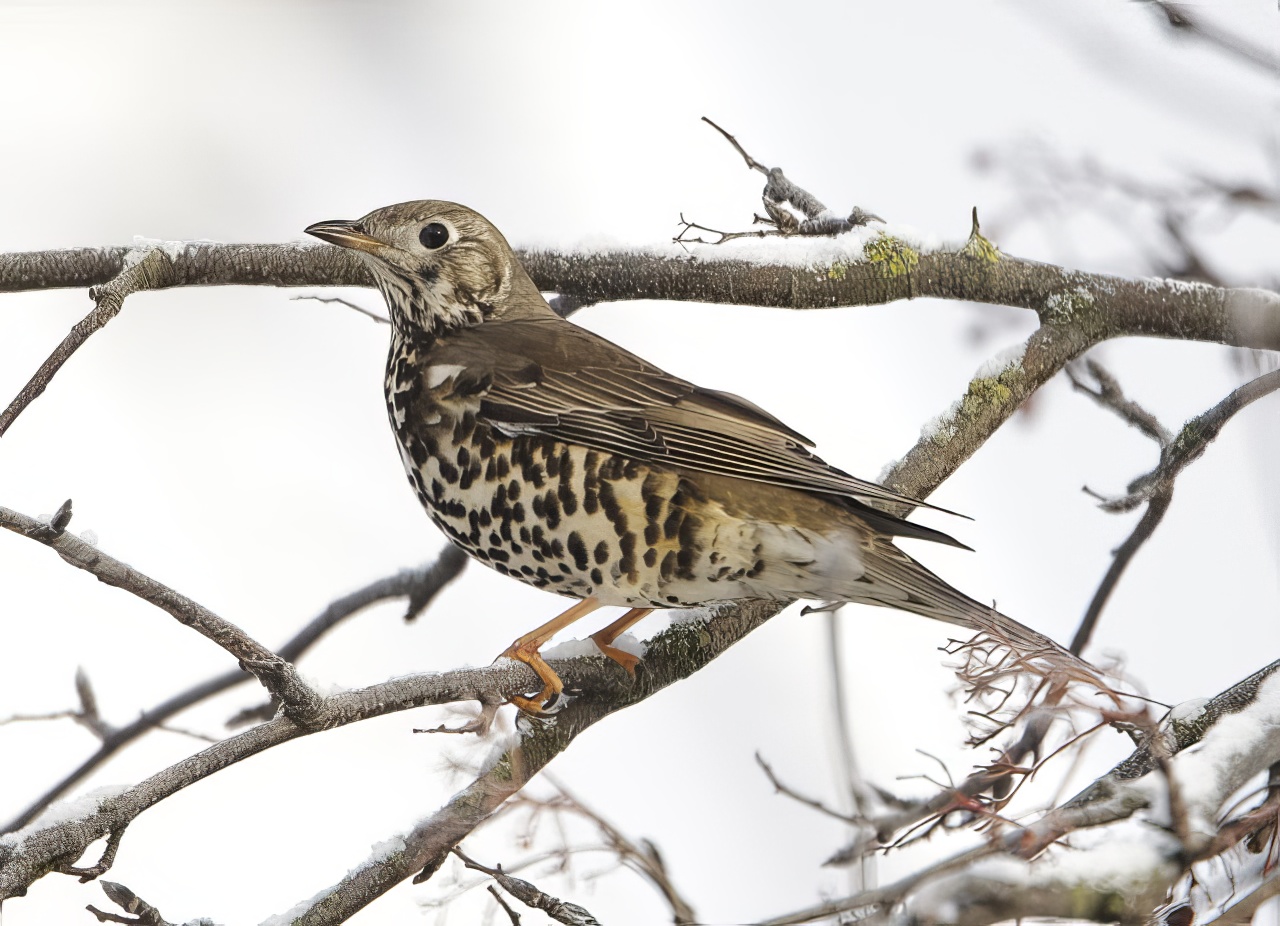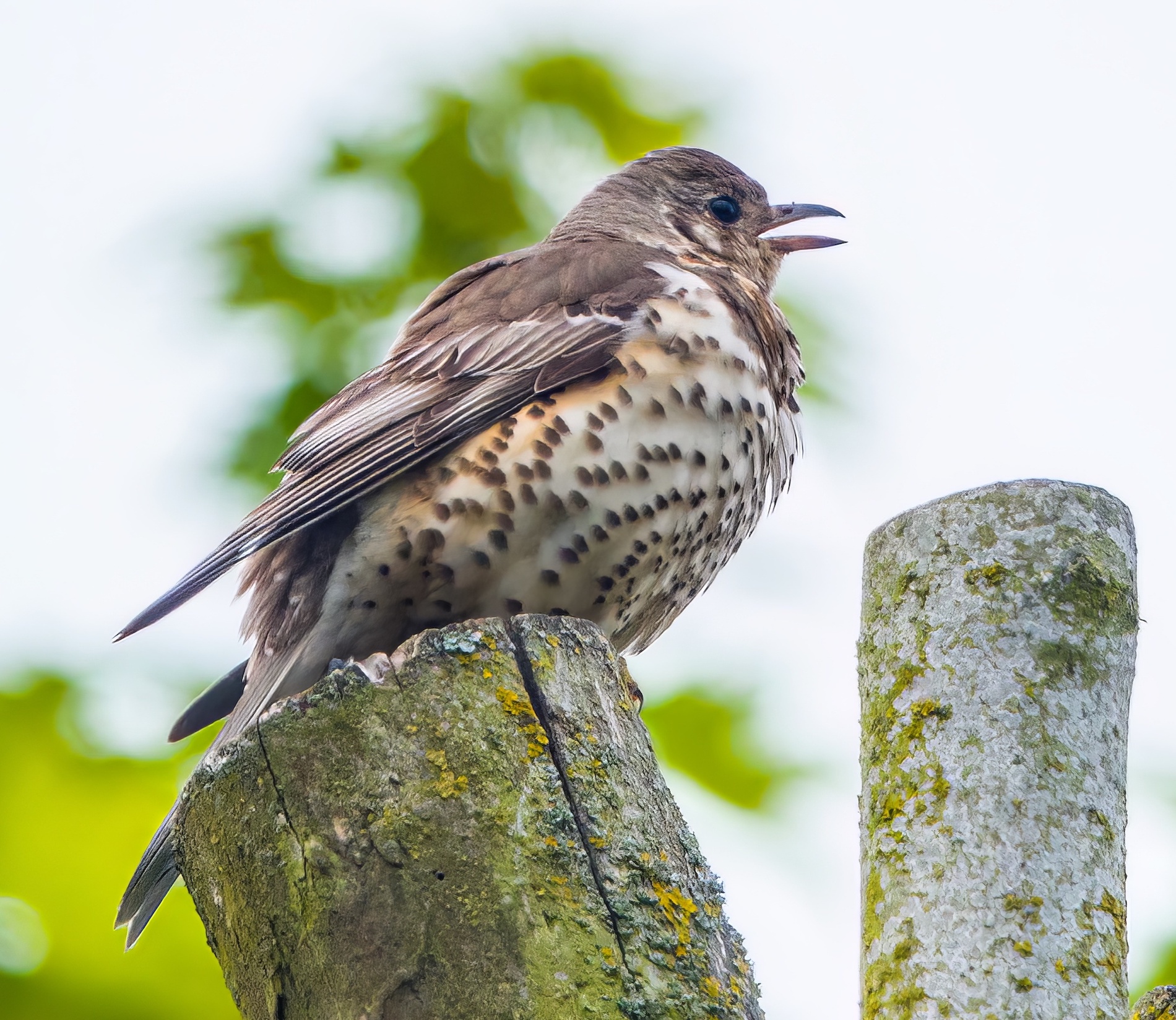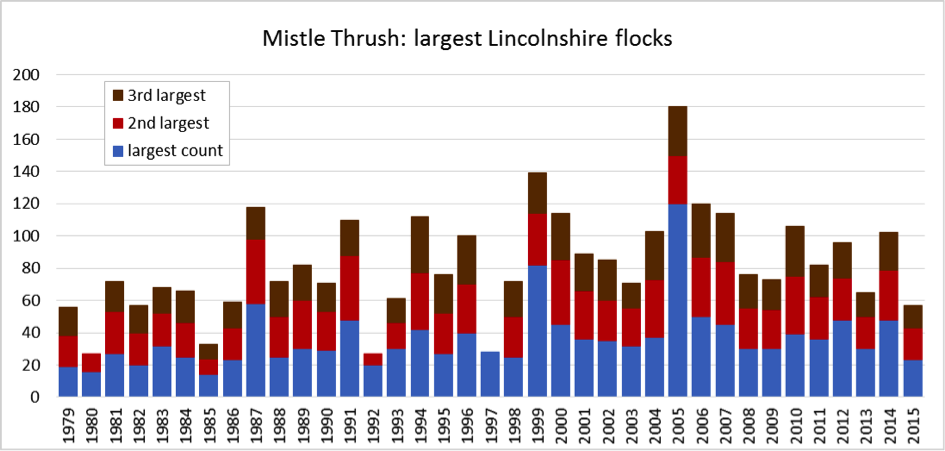Mistle Thrush Turdus viscivorus
Common resident and partial migrant.



Though common and widespread, the “Stormcock” has declined of late. The Atlas put the population at between 3,200-6,800 pairs and the APEP4 adjusted estimate indicates the population in 2016 was around 3,000 pairs. Given the recent decline since 2016 shown by the Lincolnshire BBS index for Mistle Thrush, there are probably fewer than that now. The causes for the decline are not understood but may relate to reduced survival of juveniles according to BTO BirdTrends data. This decline is reflected to some extent in the largest flocks reported each year in LBR which were analysed in LBR 2015 for the period 1979-2015. The chart below is a recent analysis showing the size of the three largest site maxima each year (only two are known for 1992 and one for 1997), using data extracted from Lincolnshire Bird Reports, and from the LBC database for 1997-2007. Most of these high counts were made in late summer and early autumn, when post-breeding flocks of adults and young form, but a few were at other times of year. The peak counts of all were 82 at North Kelsey Moor in 1999 and 120 at Honington in 2005. Since then, there has been a marked decline and the maximum in 2015 of just 23 was the lowest since 1992. That is in line with the national and regional trends, derived from the BBS and its predecessor, which have shown a steady decline across the UK as a whole since the mid 1970s, and a 39% decline in the East Midlands between 1994 and 2014, especially from 2005 onwards. Interestingly, the bird reports of the early 1990s refer to a substantial increase in numbers, especially in the north and northwest of the county, which is contrary to the national trend but illustrated by the chart. However the decline in Lincolnshire flock sizes since 2005 matches the steep decline recorded by the BBS during that period. Peak counts are a rather crude measure of population size, but they do provide further evidence that the species is currently in trouble. Whether we are witnessing a cyclical change, or a definite decline remains to be seen.

(Account prepared April 2018; chart includes data to 2015; updated with reference to the new Birds of Lincolnshire (2021) December 2022)
